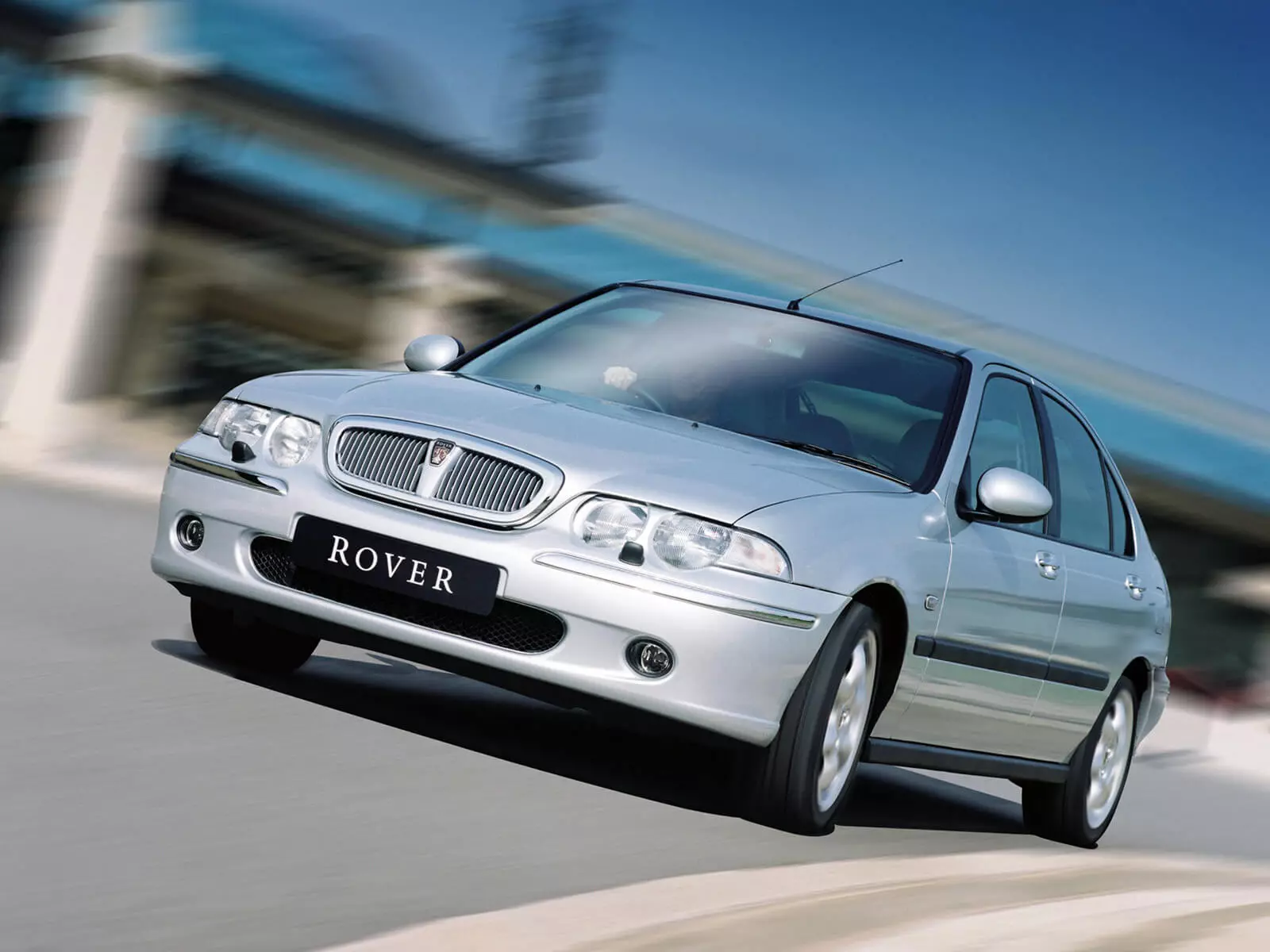For us petrolheads, the idea that not everyone knows exactly what understeer and oversteer is might seem crazy to us.
After all, these are two words/phenomena that often come up in our conversations and, in most cases, have no secrets from us.
However, we must not forget that we are a "rare species", a group of enlightened people - the word "sick" should be preferred... for whom cars are a passion for those who keep few secrets (and those who do quickly deal with find out), since in the “outside world” there are many people for whom the car is more complicated than a sudoku.
So that all these “laymen” don't scratch their heads when they hear us talk about understeer and oversteer, today we decided to explain what the two phenomena consist of and, perhaps even more importantly, explain how to correct one and the other when they occur.
Understeer: what is it? And how is it corrected?
Commonly referred to as “leakage” or “front exit”, this phenomenon is usually more common in front-wheel drive cars.
Subscribe to our newsletter
Remember there. Has it ever happened to you on a curve or roundabout made a little faster that you felt the front wheels lose grip and “slip” causing you to lose the ideal trajectory and forcing the car to “flee” from the front with a reduced degree of control? Well, if that's already happened to you then you've been facing understeer.
In these cases, the best thing you can do is stay calm, not automatically put your foot on the brake and relieve the pressure on the accelerator, allowing the speed of the front wheels to reduce and they regain grip. At the same time, control the direction so you don't lose control completely.

Oversteer: what is it? And how is it corrected?
Usually associated with rear-wheel drive cars, with a more exuberant (and even fun) drive, oversteer is the opposite of understeer, that is, it is when you feel the rear “slip” or “run away” during a curve.
Typical whenever a loss of rear wheel traction occurs, when controlled (and planned), oversteer allows us to imitate our rally heroes. If it is accidental, it guarantees big scares, spins and, in the worst case, accidents.

If you ever find yourself in an accidental oversteer situation (and look, it happened to me on a rainy day), you should try to counteract the rear drift by counterbraking (by turning the steering wheel in the opposite direction) and, if you have a car with the power to do so, you can even use throttle to correct rear drift. What you should avoid is crashing with violence.
We are well aware that these days, when modern cars are filled with “guardian angels” — like ESP, traction control or ABS — understeer and oversteer are increasingly rare.
However, no one is immune to them and we hope that with this article you will be able to better explain to your friends who do not like cars so much what these two phenomena consist of.
